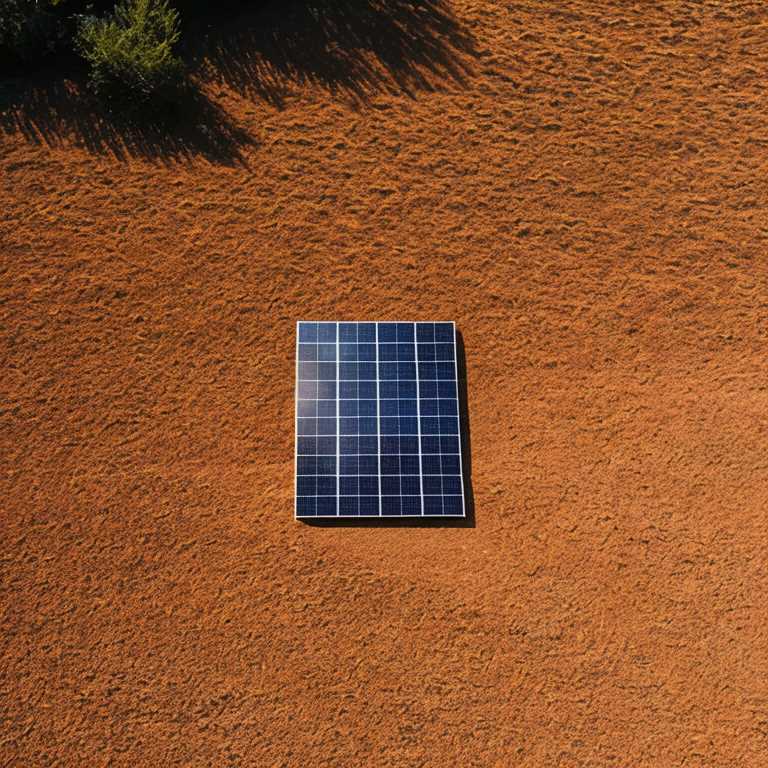During the light reactions what structure is responsible for absorbing the solar energy?

During the light reactions of photosynthesis, one of the most crucial steps is the absorption of solar energy. This energy is harnessed by specific structures within the plant cell, which are responsible for capturing light and converting it into chemical energy. The primary structure responsible for this process is the chloroplast.
The chloroplast is a specialized organelle found within plant cells that is responsible for photosynthesis. It is a complex structure that consists of various components, each of which plays a critical role in the absorption of solar energy. The most important of these components is the thylakoid membrane.
The thylakoid membrane is a complex network of membranes that are stacked together to form structures known as grana. These grana are the sites where the light reactions of photosynthesis take place. Each thylakoid membrane is packed with pigments, which are molecules that are capable of absorbing light energy.
The most important of these pigments is chlorophyll, which is responsible for the green color of plant leaves. Chlorophyll is a complex molecule that is capable of capturing light energy and using it to drive the chemical reactions of photosynthesis. It is found in two main forms, chlorophyll a and chlorophyll b, each of which has a slightly different absorption spectrum.
Chlorophyll a is the primary pigment responsible for absorbing light during the light reactions of photosynthesis. It is capable of absorbing light in the blue and red parts of the spectrum, but is less efficient at absorbing light in the green part of the spectrum. This is why leaves appear green to our eyes, as the green light is reflected back to us rather than being absorbed by the chlorophyll.
Chlorophyll b is a secondary pigment that is found in lower concentrations than chlorophyll a. It has a similar absorption spectrum to chlorophyll a, but is able to capture light in some of the green wavelengths that are not absorbed by chlorophyll a. This means that chlorophyll b is able to complement the function of chlorophyll a, allowing plants to capture a wider range of light energy.
In addition to chlorophyll, there are other pigments that are also involved in the absorption of light during the light reactions of photosynthesis. These include carotenoids, which are responsible for the yellow, orange, and red colors of many fruits and vegetables. Carotenoids are able to capture light in the blue and green parts of the spectrum, complementing the function of chlorophyll.
Another important pigment is phycobilin, which is found in some photosynthetic bacteria and algae. Phycobilin is responsible for the red and blue colors of these organisms, and is able to capture light in the green part of the spectrum. This allows these organisms to thrive in environments where other photosynthetic organisms cannot.
The absorption of solar energy during the light reactions of photosynthesis is a complex process that involves a variety of pigments and structures within the chloroplast. The thylakoid membrane is the primary site of light absorption, and is packed with pigments such as chlorophyll, chlorophyll b, carotenoids, and phycobilin. These pigments work together to capture light energy in a wide range of wavelengths, allowing plants to harness the power of the sun and convert it into chemical energy.